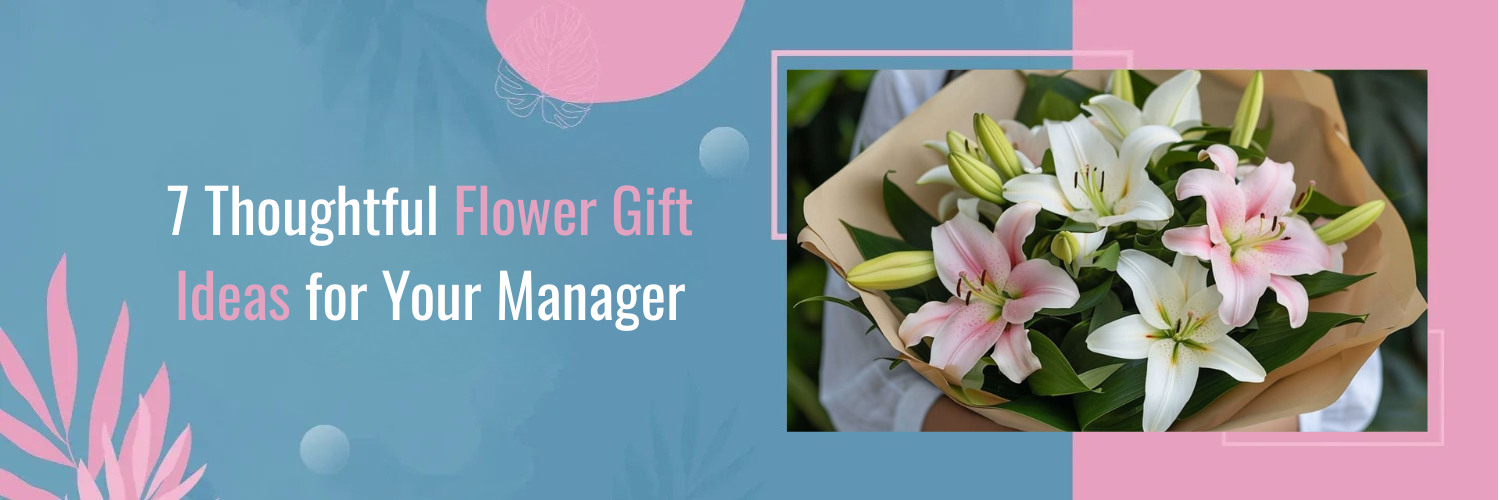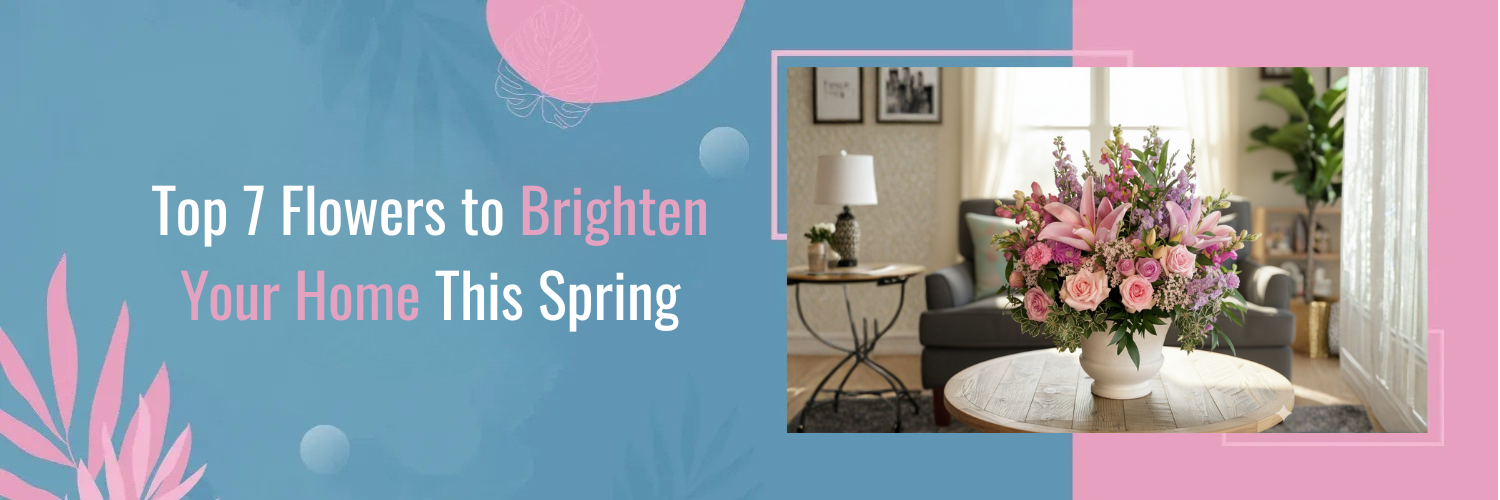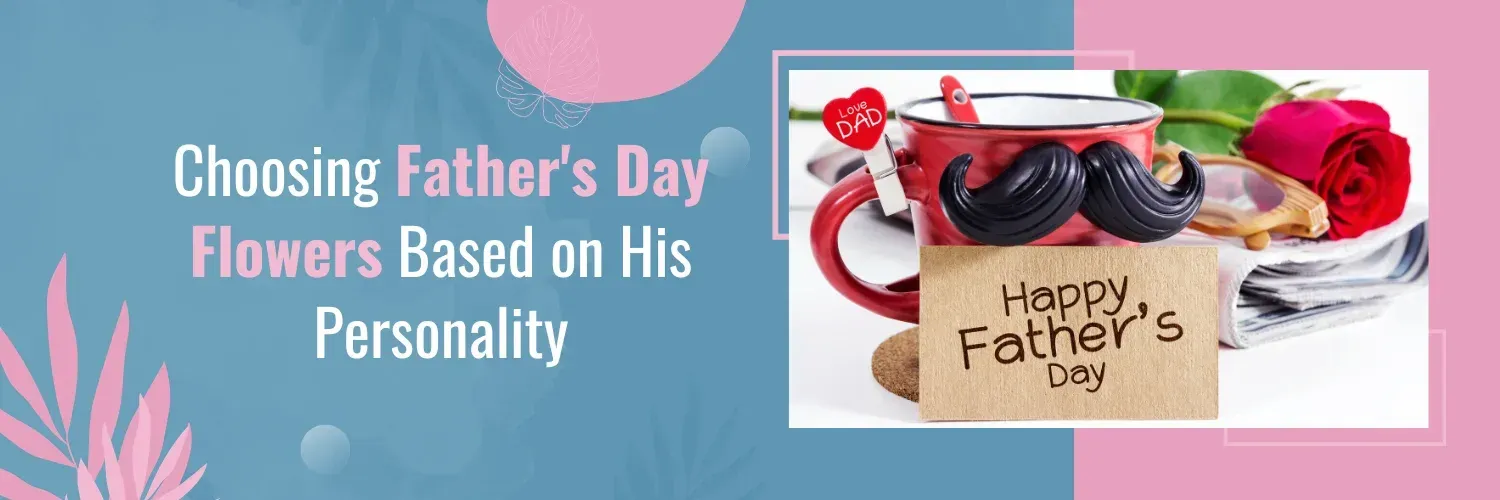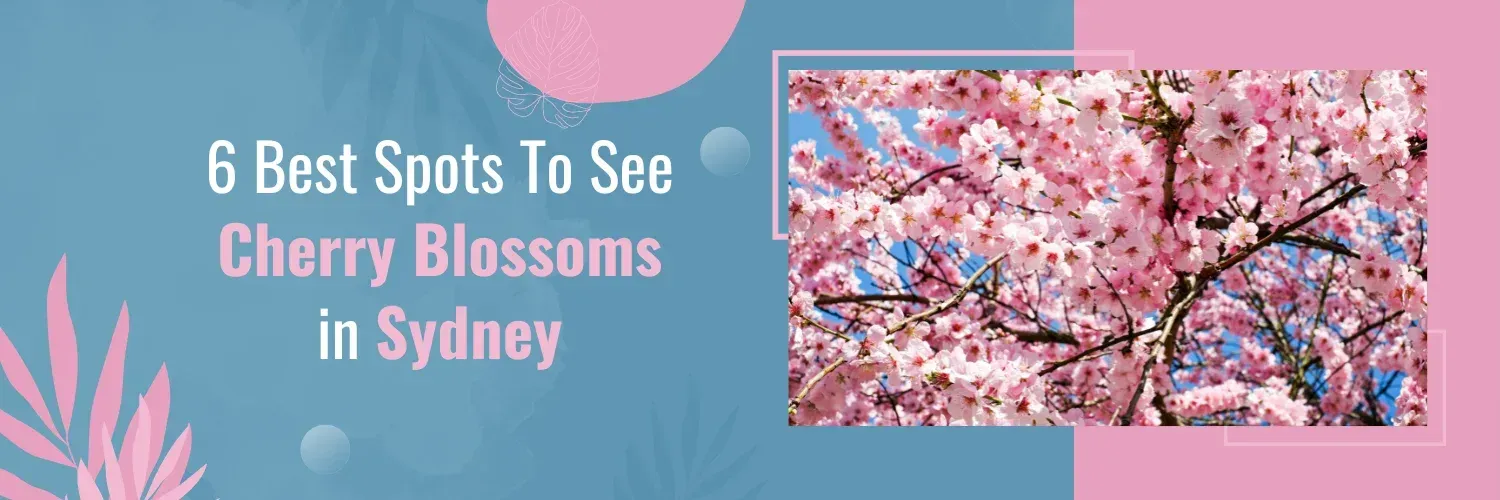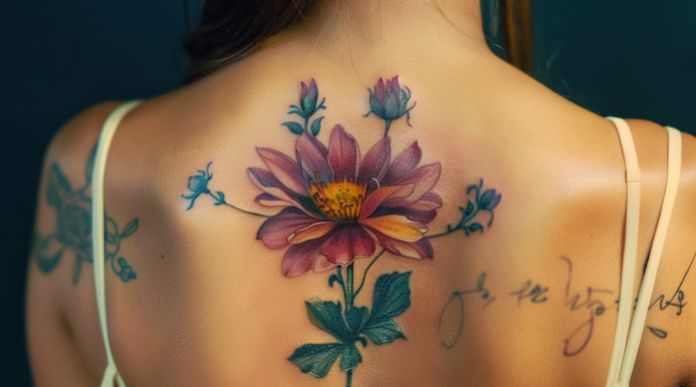Exploring the Diversity of Wild Australian Flowers
Australia boasts one of the most remarkable floral landscapes in the world, thanks to its vast and diverse ecosystems. From the arid deserts to lush rainforests, the country is home to an astonishing array of plant species that have adapted to various climates and environments. The significance of wild Australian flowers extends beyond their aesthetic beauty; they play a crucial role in the ecosystem as pollinators, habitat providers, and even traditional medicines for indigenous communities.
Additionally, these flowers hold cultural significance, deeply rooted in the traditions and stories of the Aboriginal people. In this ultimate guide, we’ll delve into the rich tapestry of wild Australian flowers, exploring their diverse regions, iconic species, conservation efforts, and even ways to incorporate them into your own surroundings.
Australia’s vast and varied landscapes give rise to a stunning array of wildflowers, each adapted to its unique environment. From the sunburnt deserts to the lush rainforests, the floral diversity is a testament to nature’s creativity. In this section, we will explore the captivating world of wild Australian flowers, exploring the distinct floral regions, iconic species, and the challenges of conservation.
Floral Regions of Australia
Australia can be divided into several major floral regions, each characterized by its climate, soil, and vegetation. The Eastern Coast is a haven for coastal heaths and eucalypt forests, showcasing species like the iconic Banksia and the vibrant Flannel Flower. Moving inland to the Outback, hardy plants like the Spinifex and the dazzling Sturt’s Desert Pea thrive in the arid conditions. The Rainforests, found primarily in the north, harbor ancient plant species such as the rare Green Dinosaur Plant and the exquisite Daintree Orchid. These regions offer a botanical kaleidoscope, each with its own botanical treasures waiting to be discovered.
Iconic Australian Wildflowers
Certain wildflowers have become emblematic of the Australian landscape, capturing the hearts of both locals and visitors alike.
- The Kangaroo Paw, with its unique paw-like flower clusters, has evolved to attract nectar-feeding birds. Its vibrant colors and intricate structure make it a favorite among nature enthusiasts and gardeners alike.
- The Waratah, native to the southeastern regions, is not only the state emblem of New South Wales but also an important part of Aboriginal culture. Traditionally used for medicinal purposes, the Waratah’s large, striking flowers are a sight to behold.
- Meanwhile, the Sturt’s Desert Pea has adapted to the harsh desert environment with its deep red petals and contrasting black center, creating a breathtaking contrast against the barren landscape.
Rare and Endangered Species
Despite their resilience, many wildflower species are facing the threat of extinction.
- The delicate Swainsona recta, commonly known as “Bentham’s Blue Bush,” is critically endangered due to habitat destruction and invasive species.
- The Pink Rock Orchid, endemic to a small region of Western Australia, faces similar challenges. Conservation efforts are underway to protect these species through habitat restoration, seed banking, and public education.
By understanding the plight of these flowers, we can actively contribute to their survival and the preservation of Australia’s biodiversity.
Tips for Flower Enthusiasts
For those captivated by the allure of wild Australian flowers , embarking on a flower-watching journey is a rewarding and awe-inspiring experience. To make the most of your floral adventures, consider these valuable tips:
Timing and Seasons
Timing is crucial when it comes to witnessing the spectacular displays of wildflowers. Spring is the prime season for many species, with the months of September to November offering a dazzling array of blooms. Coastal regions and national parks are excellent places to start your flower-watching expedition. Research the specific regions you plan to visit to ensure you arrive during the peak flowering period.
Location, Location, Location
Different floral regions host distinct species, so choose your destination wisely. The Eastern Coast is renowned for its coastal heaths and eucalypt forests, while the Outback boasts hardy desert blooms. Rainforests house unique orchids and ferns, while alpine regions showcase hardy alpine wildflowers. Research the native flora of your chosen area to tailor your experience to your interests.
Binoculars and Cameras
A pair of binoculars can enhance your flower-watching experience, allowing you to observe intricate details and distant blooms. If you’re a photography enthusiast, equip yourself with a good quality camera and macro lens to capture the stunning colors, shapes, and textures of wildflowers. Experiment with angles and lighting to create truly captivating images.
Respect Nature’s Rhythms
While immersing yourself in the beauty of wildflowers, remember to respect the natural rhythms of the environment. Stick to designated trails and viewing areas to minimize your impact. Avoid trampling on delicate plants or disturbing wildlife habitats. Take care not to remove any plants or disturb the soil, as even the tiniest disruption can have far-reaching ecological consequences.
Patience and Observation
Flower-watching is a practice of patience and observation. Sit quietly and observe the interactions between flowers, pollinators, and other wildlife. Take note of the subtle changes in the environment as different species bloom and fade throughout the season. This patient approach allows you to fully appreciate the interconnectedness of the ecosystem.
Record and Share
Keep a journal or take notes on the species you encounter, the dates of your observations, and any interesting behaviors you witness. This documentation can contribute to citizen science efforts and help researchers track the health and distribution of wildflower populations. Sharing your experiences and photographs on social media or through nature clubs can also inspire others to appreciate and conserve these precious resources.
Embrace the Unexpected
While it’s natural to have specific species in mind, be open to the unexpected beauty that may present itself. Nature has a way of surprising us with hidden gems and rare sightings. Embrace the joy of discovery, whether it’s an elusive orchid peeking out from the undergrowth or a group of butterflies fluttering around a vibrant patch of flowers.
Flower-Watching Etiquette
As flower enthusiasts, it’s our responsibility to practice eco-friendly behavior while observing these delicate ecosystems. Respecting marked trails and designated viewing areas helps minimize human impact. Avoid picking or trampling on wildflowers, as they serve as vital food sources for local wildlife. By leaving no trace and preserving the natural habitat, we contribute to the long-term health of these floral treasures.
Gardening with Australian Wildflowers
Cultivating Wildflowers
Incorporating native wildflowers into your garden offers a multitude of benefits. These plants are well adapted to local conditions, reducing the need for excessive water and fertilizers. Their presence also attracts native birds, bees, and butterflies, contributing to the overall biodiversity of your garden. When choosing species for your garden, consider your climate and soil type. For example, the Grevillea is a versatile genus that thrives in a range of climates, from coastal to mountainous regions.
Planting and Caring for Wildflowers
Creating a thriving wildflower garden begins with proper planting and care. Start by preparing the soil to ensure good drainage, as most Australian wildflowers prefer well-drained soil. Watering should be done deeply and infrequently to encourage deep-root growth. Regularly removing weeds and deadheading spent flowers helps maintain the garden’s health and appearance. Be aware of potential challenges such as pests and diseases and address them promptly to ensure the longevity of your wildflower garden.
Creating Pollinator-Friendly Gardens
Wildflowers play a vital role in supporting local pollinator populations, including bees and butterflies. Designing a pollinator-friendly garden involves selecting a variety of flower shapes and colors to attract different pollinator species. Incorporating native grasses and providing shelter, such as small rocks and logs, creates a welcoming environment for these essential creatures. By creating a haven for pollinators, you contribute to the pollination of other plants and the overall health of your garden ecosystem.
Conclusion
As you’ve journeyed through this guide, you’ve explored the heart of Australia’s floral diversity, unveiling the intricate stories woven into each petal and leaf. The diverse floral regions, iconic species, and the urgent need for conservation have all illuminated the profound role these plants play in both nature and culture.
We extend an invitation to you, our fellow enthusiasts, to not merely be passive observers but active stewards of this botanical wonderland. Whether you’re gazing upon these blooms in their untouched habitats, or dedicating a corner of your own garden to their splendor, you are engaging in a celebration of life itself. Through your admiration, understanding, and advocacy, you contribute to the preservation of these remarkable species for generations to come.
With their vibrant colors and intriguing shapes, they not only brighten up any space but also serve as a reminder of the beauty and diversity of the natural world. At Bourke’s Florist , we take pride in providing a wide selection of these stunning flowers, all freshly picked and arranged with care. Whether you’re looking to treat yourself or surprise someone special, we have the perfect bouquet for you. Don’t miss out on the opportunity to enjoy the best of what Australia’s wildflowers have to offer. Order your bouquet from Bourke’s Florist today and have it delivered straight to your door.
FAQs
Q: Are wild Australian flowers difficult to grow in home gardens?
Cultivating wild Australian flowers in home gardens can be both rewarding and manageable with the right approach. Many native species are well adapted to the local climate and soil conditions, making them more resilient and easier to care for compared to exotic species. Research and choose species that are native to your specific region, as they are more likely to thrive in your garden’s conditions.
Q: How can I help conserve rare and endangered wildflower species?
Conserving rare and endangered wildflower species requires collective effort. You can make a positive impact by supporting conservation organizations that focus on protecting these plants and their habitats. Donations, volunteering, and participating in habitat restoration projects are concrete ways to contribute. Educating others about the importance of preserving native flora and advocating for responsible land use can also play a significant role in ensuring the survival of these delicate species for future generations.
Q: Can I pick wild Australian flowers for personal use?
While the idea of picking wildflowers might be tempting, it’s essential to approach this practice with caution and respect for the environment. Picking wildflowers can disrupt ecosystems, harm plant populations, and affect wildlife that relies on them for food and shelter. In some areas, it may also be illegal to pick certain protected or endangered species. Instead of picking wildflowers, consider enjoying their beauty in their natural habitat, capturing photographs to remember them, or supporting local markets that offer sustainably sourced blooms. This way, you can appreciate their beauty while contributing to their preservation.











